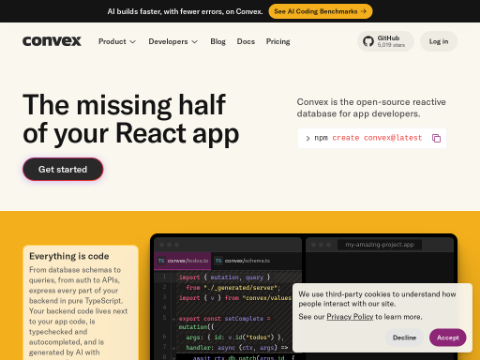Last summer, Luma AI garnered significant attention with the launch of its Dream Machine generative AI video creation platform. In just seven months, the AI video sector has rapidly evolved, with numerous competing startups in the US and China releasing new AI video creation models such as Runway, Kling, Pika 2.0, OpenAI's Sora, Google's Veo 2, MiniMax's Hailuo, along with open-source alternatives like Hotshot and Genmo's Mochi 1. Meanwhile, Luma AI updated its Dream Machine platform by adding static image generation and creative board features, and launched an iOS app.
Recently, this San Francisco-based startup announced the release of its latest video AI generation model, Ray2. This model is now available to paying subscribers via the Dream Machine website and mobile app.
Amit Jain, co-founder and CEO of Luma AI, explained that the Ray2 model offers "fast, natural, and coherent motion and physics effects," having been trained using ten times the computational resources of the original Luma AI video model, Ray1. This significantly boosts the success rate for producing usable and production-quality content, making video storytelling more accessible to a wider audience.
The Dream Machine web platform from Luma AI provides a free tier that generates videos at 720p resolution with limited monthly outputs. Paid plans start at $6.99 per month, including the "Lite" plan offering 1080p visuals, the "Plus" plan priced at $20.99 per month, the "Unlimited" plan costing $66.49 per month, and the "Enterprise" plan priced at $1,672.92 annually.
Currently, the Ray2 model primarily supports text-to-video conversion, allowing users to generate 5 or 10-second video clips by entering descriptions. Although new user demand may result in longer processing times for generating new videos, the model typically completes generation within seconds.
Examples shared by Luma AI and early testers in their creator program showcase the model's versatility, featuring scenes such as a person running through an Antarctic blizzard surrounded by explosions, and a ballet dancer performing on Arctic ice floes. The movements in these videos appear vivid and smooth, often faster and more natural compared to those generated by rival AI generators, which can sometimes look like slow-motion footage.
Luma AI plans to add image-to-video, video-to-video, and editing capabilities to the Ray2 model in the future, further expanding the creative possibilities of this tool.
To celebrate the release of Ray2, Luma Labs is hosting the Ray2 Awards, offering creators up to $7,000 in prizes. During the first week post-launch, the creator who garners the most views on a single platform will receive a $5,000 prize. Participants must submit their works by January 22, 2025. Additionally, there is a $3,000 lottery where creators can participate by sharing Ray2 content on social media and engaging with Luma AI's launch video. Winners of both contests will be announced on January 27. Participants can upload their works through the form provided by Luma Labs and use the hashtags #Ray2 and #DreamMachine when sharing.
Luma Labs has also introduced an affiliate program, enabling participants to earn commissions by promoting their tools.








